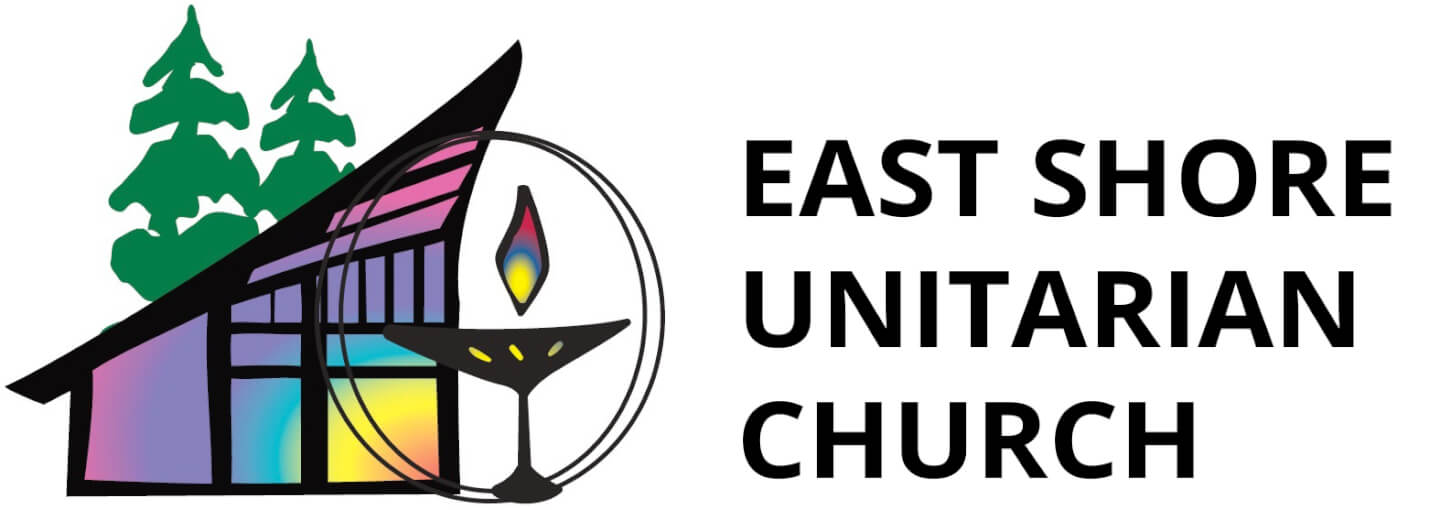
For those who do not know me, I am of Indian ethnicity (brown skinned). Over the past several months, several congregants have asked me if I have experienced racism at East Shore. I answered, “Yes.” I have also heard some congregants say that they do not believe that racism exists at East Shore, and they themselves already know all about racism because they learned about it so many years ago. I am choosing to write this article to share my personal experience as a person of color working at East Shore for the past two and a half years.
First, let’s be clear: As a person of color, I do not know everything there is to know about racism. And, people I have met who study racism in academia, or otherwise work on racism in some capacity, have also told me they do not know everything about racism. Racism is a complex subject with multiple levels, definitions, factors, etc. I am not writing this article to educate about racism as a subject; there are far more qualified folks you can engage with for that. It is my hope that in writing this article and sharing sensitive experiences, I can provide more tangible examples of how racism manifests at East Shore. If this article is successful in its intent, then together we can move past arguing about if racism exists, and start working on dismantling it.
I first became consciously aware of the racism at East Shore after taking Beloved Conversations. In that class, we learned about microaggressions. This was not a new learning for me; however, I decided to start tracking the microaggressions I was experiencing personally or witnessing at the church. After about two months of doing so, I had to stop. I was writing something down every week, sometimes more frequently. It was emotionally exhausting. Some examples I noted include:
- A congregant once asked me if I knew a politician running for office because we are both of Indian decent.
- After working late on a Saturday night to help with the operations related to the Auction, I came in Sunday morning to drop something off wearing a baseball hat and hooded sweatshirt. A congregant made a negative comment about my attire.
- Numerous times I heard during my first year at East Shore “We are without leadership,” even though I was working 70-80 hours per week consistently, hiring new staff, making numerous improvements to the operations of the church, and brought in a significant surplus for the fiscal year.
- During one of the many committee meetings I attend, there was a discussion about rescheduling the normal meeting time. When I mentioned that the proposed meeting time overlapped with the Peoples of Color regularly scheduled meeting, a congregant stated that it did not impact the committee. Not only did they not see me as a POC, it did not occur to them that scheduling at the same time would prevent other POC from joining the committee.
While you might think these examples are not racism, each instance is like a tiny cut that is hurtful. I have learned to ignore these tiny cuts and bury the emotional strain it has on me; however, I cannot deny that over a lifetime these tiny cuts bleed my soul and self-worth.
There are other instances of more explicit racism that I have experienced and witnessed since I stopped tracking the microaggressions. Once two congregants noticed the Chinese-style silk shirt I was wearing. I told them I was showing off my Asian roots. They responded that I had “the wrong part of Asia.” I informed them that actually my mother is from Singapore (80% Chinese population), and my father is from Malaysia. I have never been to India because we travel to SE Asia to visit extended family, all of whom speak 5-6 languages including Mandarin; the shirt was a gift from an aunt the last time I visited.
I have seen emails directed at staff that were flat out racist, confusing one person of color with another. I have witnessed congregants, including Board members, yelling at staff because they are standing up for racial justice. I have been in rooms with all white people and blatantly ignored. My employment at East Shore continues to uphold the accepted paradigm that I was taught as a child: a person of color must work twice as hard to earn half as much.
So you may ask, if there is racism here at East Shore, then why am I still working here? For the same reason so many new faces are coming to East Shore—the potential of what this community can become; to model what we want to see in the world. The values of East Shore, the principles of the UU faith, the step-by-step progress of a congregation intent on growing, learning, and modeling racial justice—this is a great foundation to build upon. This is not easy work. As the saying goes, “nothing worth doing ever is.” This equality does not happen overnight or with one great guest speaker. It will take years of consistent dedication to the work.
And I ask myself, if not me, then who? I have endured hardships, physical and mental, worse than anything that could happen to me at East Shore. No amount of microaggressions, yelling, or outright lies about me could be worse than what others have already accused me of, done to me, and taken from me. I choose to share the gifts I have for the betterment of the whole. I choose to engage with those different from me to find common ground. I choose to be at East Shore despite the racism that exists here because I believe I can help with positive change. Please do not deny reality. Embrace it, learn from it, and join me in shaping a just future.
